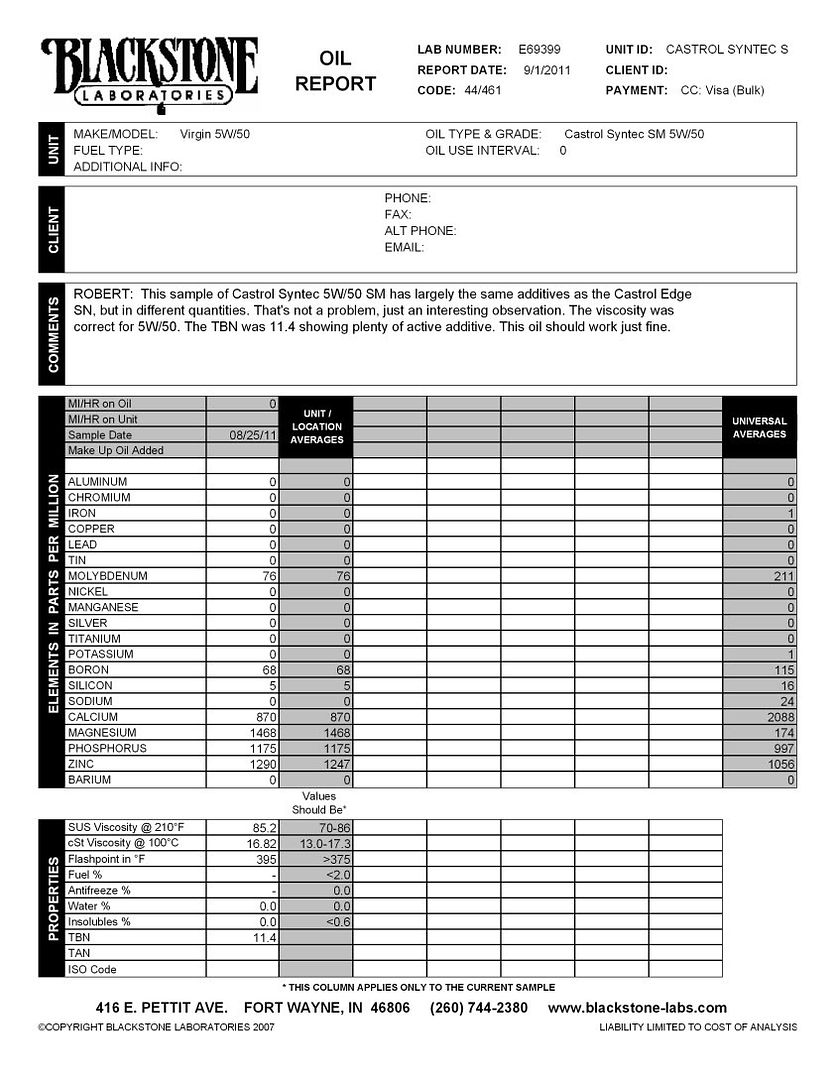TulsaAlpine
Donation Time
So while at Wal-Mart they have a new selection of motor oil Accel brand, says it is made from all the used oil collected at Wal-Mart oil changes. Price is cheap and they have a blend for cars older then 1989, but just how much zink aka ZDDP. So I found this on Amazon:
http://www.amazon.com/Accel-22601-SAE-10W-40-Motor/dp/B0052KY9BY/ref=pd_sbs_auto_5
When compared to Valvoline VR1 it has a different way of stating the amount of ZDDP. So the question is just how much ZDDP does a Sunbeam Alpine really need?
Accel is made by or distributed by Warren Distribution: http://www.wd-wpp.com/
Found this link to API: http://new.api.org/certifications/engineoil/categories/upload/MOTOR_OIL_GUIDE_2010_120210.pdf
As much oil as old Vicki the Alpine runs through the front seal, this inexpensive choice would be great if it has enough ZDDP!
Donna

http://www.amazon.com/Accel-22601-SAE-10W-40-Motor/dp/B0052KY9BY/ref=pd_sbs_auto_5
When compared to Valvoline VR1 it has a different way of stating the amount of ZDDP. So the question is just how much ZDDP does a Sunbeam Alpine really need?
Accel is made by or distributed by Warren Distribution: http://www.wd-wpp.com/
Found this link to API: http://new.api.org/certifications/engineoil/categories/upload/MOTOR_OIL_GUIDE_2010_120210.pdf
As much oil as old Vicki the Alpine runs through the front seal, this inexpensive choice would be great if it has enough ZDDP!
Donna



